LED BY DR. FERYAL SALEM
may 27-June 8, 2023
A journey of discovery and learning through thousands of years of civilization
We would love to have you with us on this once in a life time experience and help you to register. Please send an email to
info@silkroadmusings.com


Day 1 May 27
TEHRAN
Khosh Amadid! Welcome to Iran!
We will spend the next 13 days on a transformative journey through an ancient land that spans thousands of years of civilization. In the course of this trip, we will experience richness of this geography through seeing its exquisite architecture, speaking with Iranians of different faiths, interacting with its hospitable people, and wandering through its historic streets. In Iran’s ancient history, the Sassanian and Achaemenid Empires spanned vast geographies over the course of centuries making Ancient Persia a rival to the other major ancient civilizations such as the Ancient Greeks, the Babylonians, and the Ancient Egyptians.
The region known today as Iran was also a key center of Islamic scholarship for both Sunni and Shia Muslims as it was Sunni for the first thousand years of Islamic history and later Shia during the Safavid era onwards. Scholars such as Imam Ghazali, Imam Juwayni, three of the six Sunni hadith transmitters, Fakhr al-Din al-Razi, various schools of Sufism with their luminaries, Islamic theologians such as Adud al-Din al-Iji and Sayyid Sharif al-Jurjani all originated in this region. It is also the lands which the Abbasids, Seljuks, Timurids, Ilkhanids, and Safavids, and Qajars dominated as Islamic civilization left its traces in the remnants of the exquisite structures, prominent institutions, classical Islamic literature, and schools of thought that sprung from what is modern day Iran.
As we travel through Iran, we will visit churches, synagogues, Zoroastrian fire temples, Shia howzas (seminaries), and mosques that will each reveal facets of the rich history of religious life in this region. As we drive through the deserts and rural landscapes of Iran to our next destination, we will talk about aspects of Islamic thought, ancient history, culture, and literature that thrived in the cities we are visiting. This is a study tour intended to cultivate our thinking and fill our minds with new ideas, questions, and perspectives.
You might take a break in the streets of Yazd eating cold faloudeh as you chat with locals. You might experience Iranian hospitality by drinking tea offered to you by an elderly woman who is eager to tell you about her family tree. You might be enchanted by the mesmerizing architectural splendors of Isfahan while later practicing your bargaining skills at the local market shopping for a Persian rug. In Shiraz, you might take in the sights of pomegranate trees as you listen to the exquisite recitation of Hafez’s poetry over classical Iranian music. This is an active discovery study tour. Bring your most comfortable walking shoes and be ready for busy bustling days with a lot of learning and remarkable sights that will open your minds to a new world that will forever change you. Welcome to beautiful Iran!
Activities:
·Group meeting and welcome at 6pm followed by optional dinner or rest
·If you arrive early, the following optional activities are recommended: The Carpet Museum of Iran, the Treasury of National Jewels, and the Iran Mall.
Day 2 May 28
TEHRAN
We begin our journey in Tehran which is the bustling modern capital of Iran with a population of approximately 10 million people. Here you will find both modern coffee shops as well as traditional tea houses where one can experience the new and old aspects of Iran in this busy city. With a history of around 200 years, exploring Tehran before we proceed to other ancient cities of Iran is a great way to learn about the country’s contemporary history, politics, and culture. We will spend the day visiting museums, palaces, and end with ascending to the top of Milad Tower where we will have a bird’s eye view of all Tehran beneath our feet. Be sure to photograph Tehran’s iconic Elburz Mountains whose continuous majestic presence over the city makes them an integral part of experiencing Iran’s capital.
ACTIVITIES:
- Sa’adabad Historical Complex (Residence of the Last Shah of Iran)
- Jamaran Village
- Museum of the Islamic Revolution
- Nature Bridge
- Milad Tower: Tallest in Iran and sixth tallest in the World
Day 3 May 29
Tehran – Ray – Qom
Today we continue our tour of Tehran by visiting the Iran National Museum that houses invaluable ancient artifacts from the Achaemenid and the Sassanian eras all the way through the many Islamic dynasties that inhabited Iran until its present day. The museum will be an ideal way to get a broad overview of the many sites and historical structures we will see throughout our travel through Iran. We will also visit the renowned Yusuf Abad Synagogue and learn about Iranian Jewish history that dates back at least 2,500 years when Jews first began migrating to Persia in significant numbers during the time of Cyrus the Great.
Afterwards we will proceed to Golestan Palace, whose intricate interior design along with its paintings depicts aspects of Qajar and Pahlavi history. Around noon, we will leave Tehran for Qom while stopping in Rayy on the way there. Rayy is an ancient Islamic center of learning and political power that is now a suburb of Iran. It was the second capital of the Seljuq dynasty with the first capital being Nishapur and the third capital with the longest connection to the Seljuqs being Isfahan. We will learn about how this powerful dynasty cooperated with the Abbasids before becoming independent and bringing about one the most pivotal eras of Islamic history leading to the Ottomans. After visiting some of the ancient structures standing in Rayy including the mausoleum of Tughrul Bey, we will proceed towards Qom where we will spend the next two nights.
ACTIVITIES:
Morning:
- Yusuf Abad Jewish Synagogue
- Golestan Palace: a Masterpiece of the Qajar Era
- Iran National Museum (Archaeological Museum)
Afternoon:
- Visit City of Rayy
- Burj-e-Tughrul (Mausoleum of Tughrul Bey)
- Departure to Qom
- Arrive in Qom in the evening and check in the hotel
- Khizr mountain (if time permits)
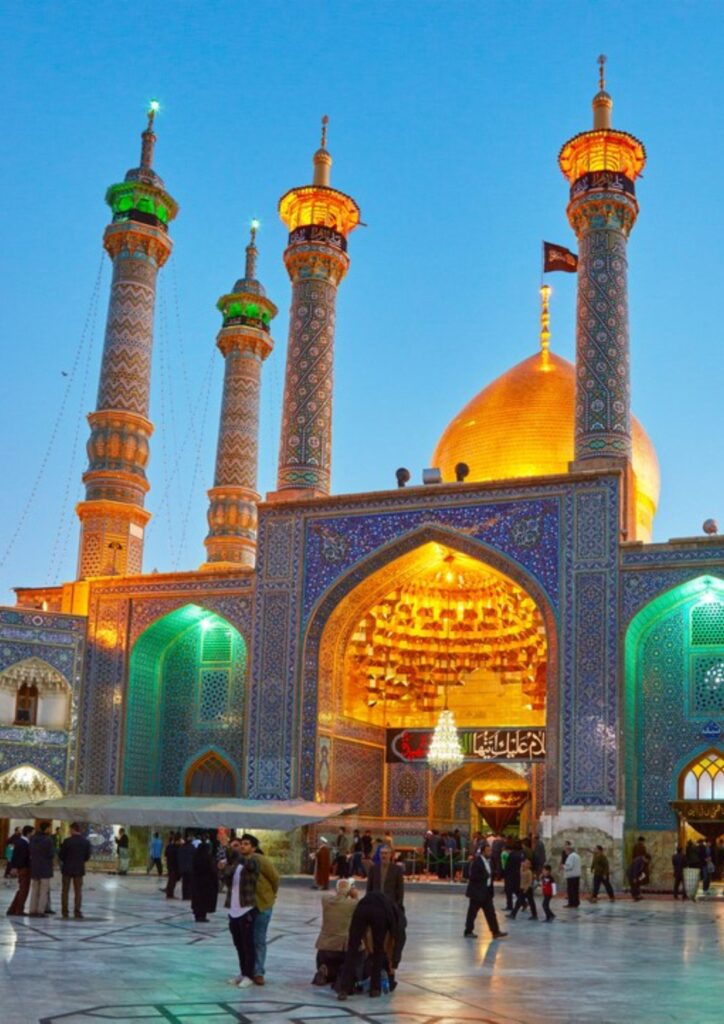
Day 4 May 30
QOM
Qom is considered to be one of the most sacred cities for Shia Muslims. In the heart of the city is the mosque and mausoleum of Lady Masumeh who was the daughter of the seventh Imam Musa al-Kazim and the sister of the eighth Imam Reza. Of the cities in Iran, her shrine and the surrounding complex are considered second in importance only to the complex of Imam Reza in Mashhad. We will later visit the Mara’shi Library that has some of the rarest collection of rare Islamic manuscripts, lithographs, and texts including early fragments of the Qur’an and Sunni hadith collections.
In the afternoon, we will have a unique opportunity to visit what is known as a hawza or a Shia seminary in this city that is also known for its housing countless centers of Shia learning. Shia students of knowledge come from around the world to spend many years in Qom to study the Shia tradition. We will hear from Shia students and scholars in this city about their practices, beliefs, and course of study. This is the perfect place to bring questions you might have about Shi’ism to specialists of this field. If you do not have a question ahead of time, there is little doubt that you will have many during our conversations and dialogues with learned Shias in Qom.
ACTIVITIES
Morning:
- Shrine of Lady Ma’sumeh
- Mara’shi Najafi Library
Afternoon:
- Women’s Islamic Seminary (Jamiat al-Zahra)
- Workshop with Shia Scholars*
- Jamkaran mosque*
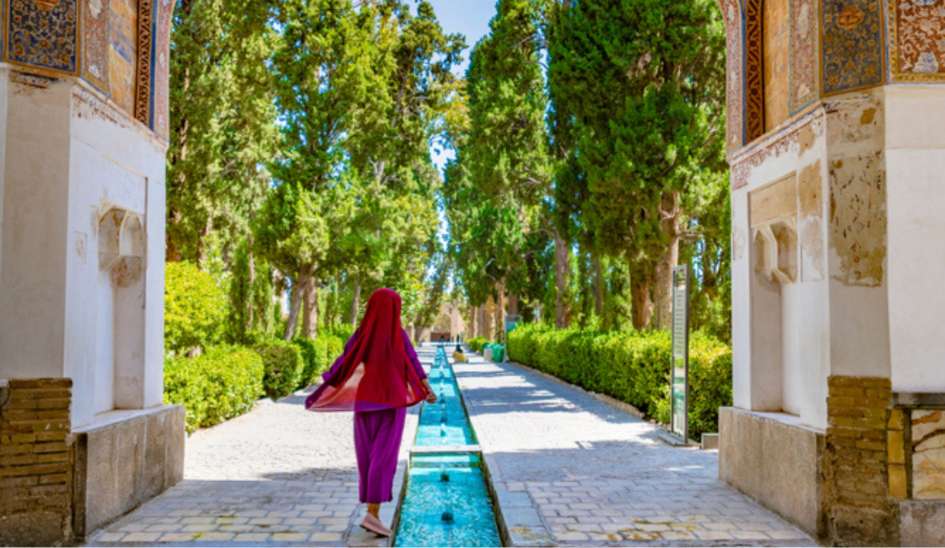
Day 5 May 31
Qom – Kashan – Isfahan
After breakfast we will bid Qom farewell and head towards Kashan. Kashan’s famous ceramics known as “kashi” are said to be one of the possible reasons for this city acquiring its name. Kashan and its surrounding suburbs are an ancient city dating back to the pre-historic era. This city is strategically located as a stop on the way to other major trade hubs in the region and has as a result maintained its importance as an urban center. Today Kashan connects Tehran and Isfahan with a train route that passes through it.
Kashan has undergone numerous phases as it was deemed valuable to several rulers who built and rebuilt the city after it was destroyed. It is said that the wife of Hārūn al-Rashīd, Zubayda, rebuilt the city of Kashan and brought artisans and scholars to settle in this center. Later when the Seljuqs established Isfahan as their capital, Kashan grew in significance due to its proximity. After Kashan was destroyed by the Mongol invasions, it was rebuilt by the Ilkhanids but only regained its prominence under the Safavids who used to visit Kashan regularly as a holiday residence.
Today its most famed Fin Garden is a UNESCO World Heritage site that exemplifies some of the most extraordinary forms of the Islamic Garden. Kashan also houses the Masjid-e-Jami built by the Seljuqs. The classical beauty of Kashan is a great way to start delving into the classical building structures of Iran that we will see at an even grander level in our next stop; Isfahan.
ACTIVITIES:
Morning:
- Leave Qom for Kashan after breakfast
- Fin Garden
Afternoon:
- Historical houses of Kashan (Tabtaba’i House)
- Masjid-e-Jami
- Departure to Isfahan
- Arrive in Isfahan in the evening
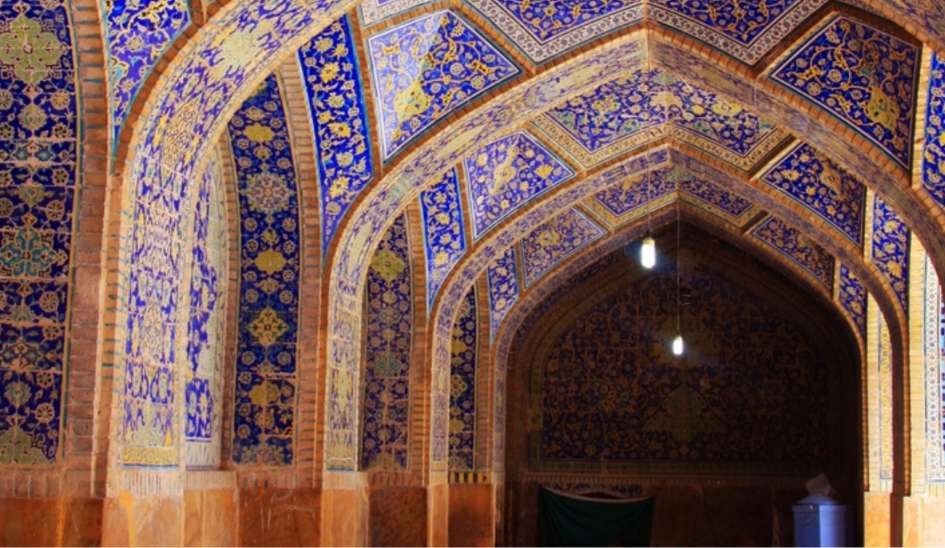
Day 6 June 1
ISFAHAN
Today we will explore the enchanting city of Isfahan, a city which combines some of the most exquisite samples of Islamic art and architecture with a living museum of bazaars preserving Isfahan’s traditional culture. It is no wonder that Isfahan is the top destination tourist in Iran. Isfahan reached a zenith when it was made the capital of the powerful Seljuq dynasty that ornamented this city with its magnificent structures, patronized artisans, and supported Muslim scholars. The likes of al-Ghazali, Nizam al-Mulk, Omar Khayyam and countless others spent time in this city that became the jewel of its time. Centuries later, Shah Abbas I made Isfahan the capital of the Safavids under whom the Naqsh-e-Jahan Square was built. Today we will spend the day exploring the different sections of this UNESCO World Heritage Site and have time to wander the bazaars to buy spices, tablecloths, woodwork, art, and Persian rugs. Isfahan is one of the best locations for acquiring a Persian rug. So, if you plan to buy a rug, don’t forget to brush up on your bargaining skills!
ACTIVITIES:
Morning:
- Naqsh-e Jahan Square and its surrounding areas including:
- Aali Qapu Palace
- The Masjed-e Imam Mosque (Shah Mosque / Royal Mosque)
- Sheikh Lotfallah Mosque
Afternoon:
- Traditional Bazaar of Isfahan
Day 7 June 2
ISFAHAN
Today we will spend another day enjoying the magnificent city of Isfahan. We will begin our morning by visiting Masjid-e-Jameh which has been designated as a UNESCO World Heritage site for its marvel as an architectural masterpiece reflecting the Seljuq era. It was initially built in the ninth century by the Arab tribe, Tayran, and later rebuilt under the Abbasid caliph Mu’tasim. While the initial foundations of the mosque are inherited from this era, the framework of the structure and artistic expression of the mosque were constructed by the great Seljuq ruler Malikshah son of Alparslan. The dome of its mihrab was commissioned by Malikshah’s vezir, Nizamulmulk and it is 11 meters in diameter. After marveling at the wonders of Seljuq architecture, we will proceed to another exquisite place of worship.
The Vank Armenian Cathedral of Isfahan is famous for its iconography depicting Armenian Orthodox Christian artistic expression. We will learn about the history of the cathedral as well as that of the Armenian community in Isfahan. In the afternoon, we will wander through the Safavid palace of “Chehel Sutun” whose decorative 40 pillared exterior lead to masterpieces of Qajar era art inside that tell the stories of the many dynasties, battles, and achievements that took place in pre-modern Iran. Finally, we might have the opportunity to enjoy saffron ice cream or a cup of cold rose water lemonade while gazing at the iconic historical bridges of Isfahan over sunset.
ACTIVITIES:
Morning:
- Masjid-e-Jameh
- Vank Armenian Cathedral
Afternoon:
- Chehel Sotoun (40 Columns) Palace
- Historic Bridges of Isfahan
Day 8 June 3
ISFAHAN – YAZD
After departing Isfahan in the morning, we head towards another unforgettable city known for its windcatchers that ornament the rooftops of the buildings in the old city as well as its role as a center for Zoroastrian worship that continued well into the centuries after the introduction of Islam into the region. We will be on the road for approximately 4 hours driving through the countryside and seeing local life on our way. After checking into our hotels in Yazd, we will walk through the ancient streets of the historic old town of Yazd. We will take in the unforgettable views that make this city a UNESCO World Heritage city and learn about how water technology was used to bring water to this otherwise arid desert region whose inhabitants could not have survived without the pre-modern geniuses of engineering that made it possible to naturally ventilate homes and irrigate the city.
ACTIVITIES:
Morning:
- Departure to Yazd after breakfast
- Arrival in Yazd around noon and check in the hotel
Afternoon:
- Yazd historic Old City walking tour
- Water Museum
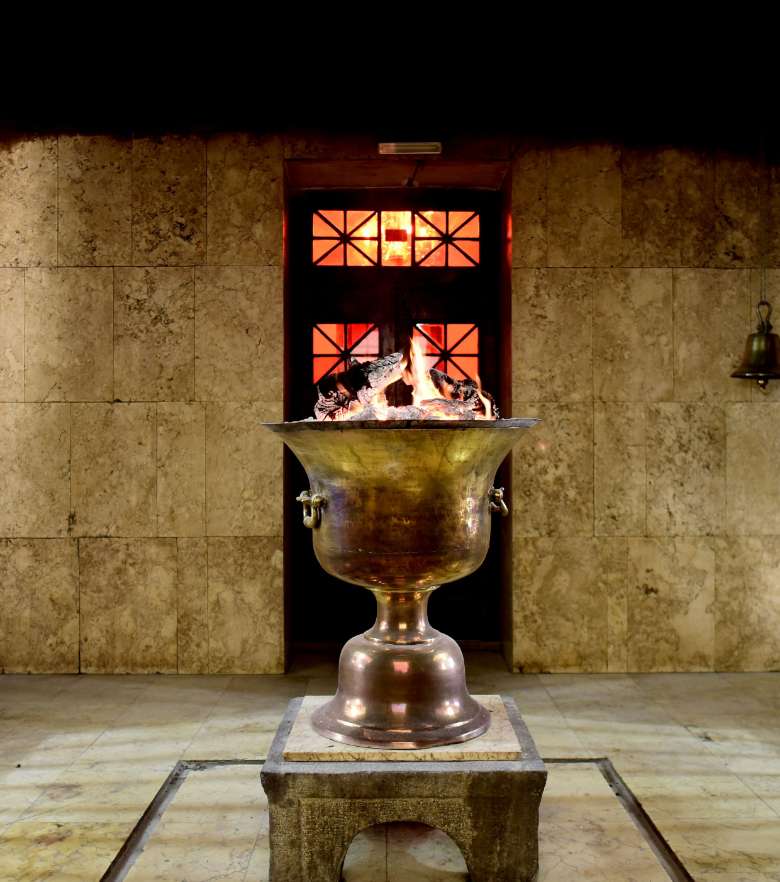
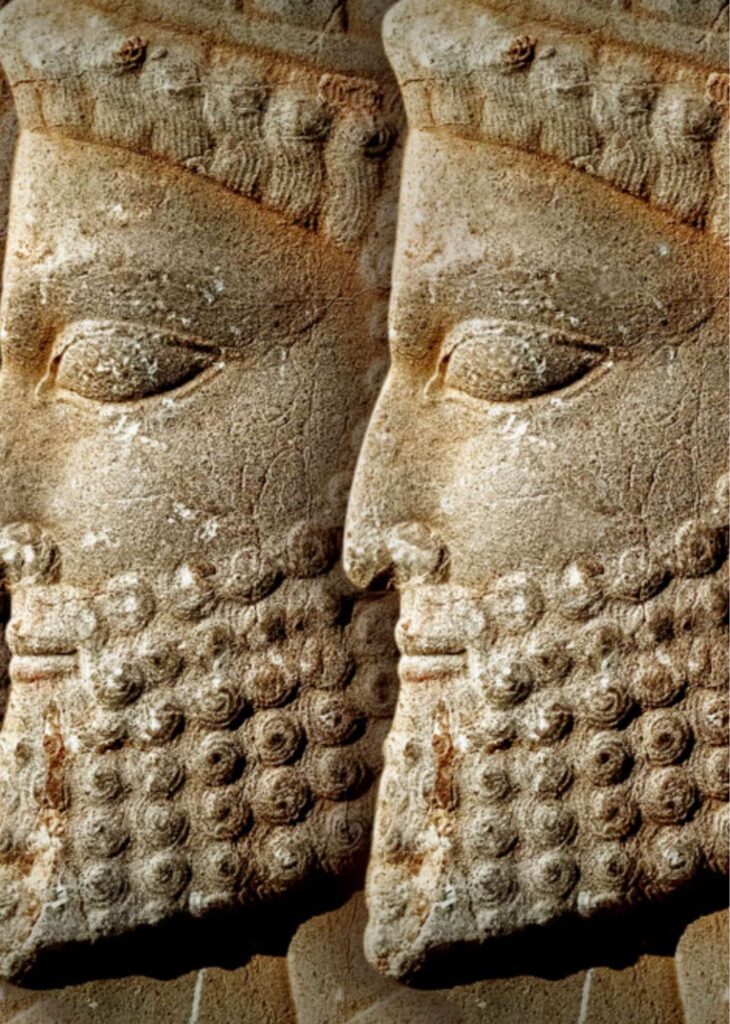
Day 9 June 4
YAZD
Today we spend another day in this unforgettable town learning about Zoroastrianism. We will take advantage of the cool morning hours to climb up on top of the hill in which the dead were left by Zoroastrians to be consumed by vultures. This practice was derived from their belief in the sacredness of earth and fire which they did not wish to contaminate with the dead. This area known as the Tower of Silence is a once in a lifetime opportunity to witness the former location of Zoroastrian ritual practice and well worth the trek uphill. We will then proceed to visit Yazd’s Zoroastrian Fire Temple that houses the oldest continually burning Zoroastrian flame in the world.
In the afternoon we will visit the Amir Chakhmaq Complex and Mosque which was originally built by the Timurid ruler Shahrukh’s general, Amir Chakhmaq. It was later renovated by the Safavids and was converted into one of the largest Husayniyyas in Iran where the ten days of Muharram are commemorated. We will end our tour of Yazd in the Dowlat Abad Garden, another one of many UNESCO World Heritage sites in Iran. Gazing at the 34-meter tall windcatcher seen in the center of the garden is a perfect farewell to Yazd.
ACTIVITIES:
Morning:
- Towers of Silence
- The Zoroastrian Fire Temple (burning since 470AD)
Afternoon:
- Amir Chakhmaq Complex & Jamea Mosque of Yazd
- Dowlat Abad Garden
Day 10 June 5
Yazd – Pasargadae – Persepolis – Shiraz
Today we will depart after breakfast for a six-hour drive through the desert to the city of Shiraz. On route to Shiraz, we will have a short stop in the town of Pasargadae which was the former capital of the Achaemenid Empire under Cyrus the Great and also where his tomb is believed to be. From here we will continue our journey and stop at one of the great wonders of the ancient world, Persepolis. Persepolis was once the center of the Achaemenid Empire of ancient Persia where its splendor rivaled that of other ancient cities found in Ancient Egypt, Babylon, and Ancient Greece. Persepolis was first constructed under Darius I, who was the successor of Cyrus the Great, and took over 150 years to complete. The relief carvings depicting the various peoples of the ancient world greeting the Achaemenid kings for Nowruz and the commanding gateways leading to the city are bound to leave a lasting impression on its visitors. Persepolis is just one hour away from Shiraz where we will later check in to spend the night.
ACTIVITIES:
Morning:
- Leave Yazd after breakfast
- Short Stop at Pasargadae
- Arrive at Persepolis around noon
Afternoon:
- Visit Persepolis
- Departure to Shiraz
- Arrive in Shiraz in the evening
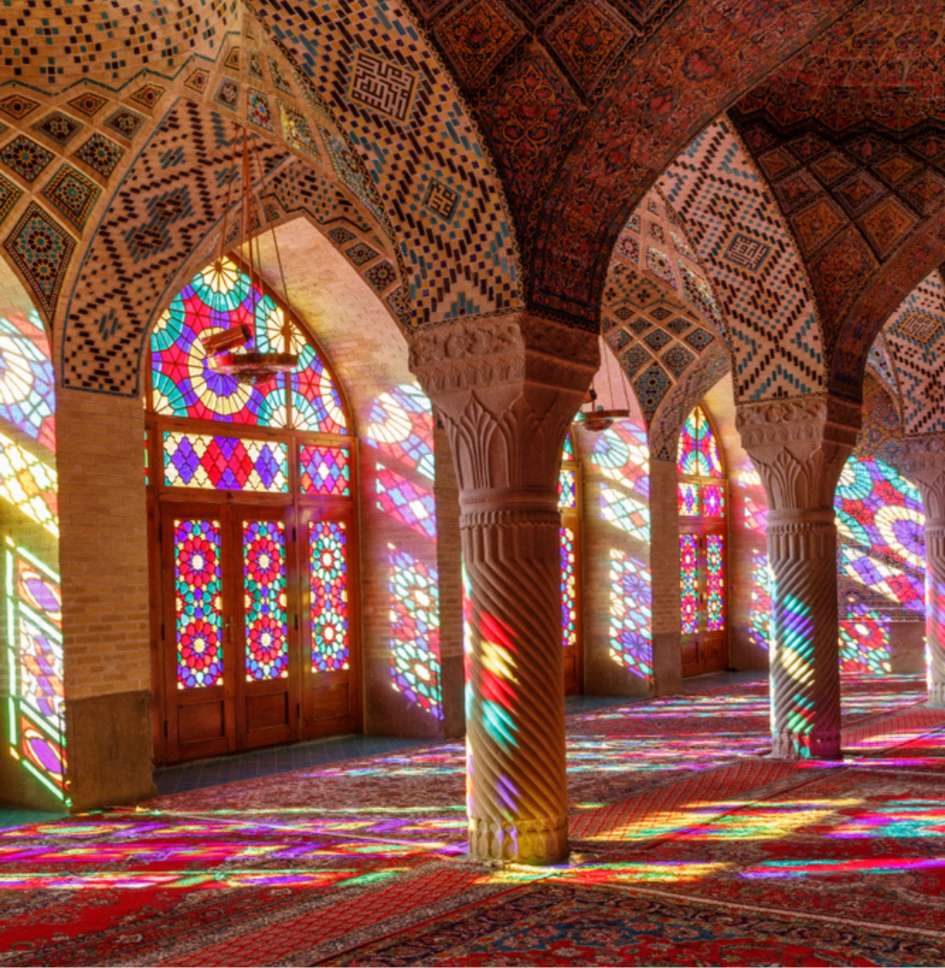
Day 11 June 6
SHIRAZ
Shiraz is the sophisticated city of poets and gardens. It was known as the heart of Persian culture with art, literature, poetry, and exquisite gardens bringing much fame to this 2000-year-old city. We will start our day by visiting the Nasir al-Mulk Mosque whose reflections of colored glass that dance on its stunning carpets between 9am and 12pm when the sun shines through its windows make this pink mosque one of the most photographed spots in all of Iran. Come dressed in colors coordinated with the pink mosque for pictures to keep for a lifetime! After this visit we will wander through the magnificent Eram Gardens of Shiraz lined with pomegranate and bitter orange trees.
In the afternoon, we will visit the tombs of two of some of the greatest poets of all time, Saadi and Hafez. The surrounding gardens in which their tombs are located, and the melodious Persian poetry recited to classical Iranian music set the tone for our experiential learning about the way Muslim poets passed on moral lessons and Islamic ethics through beauty and literature from generation to generation. The timeless lessons in Saadi and Hafez’s writings have been read within the confines of Islamic civilizations far and wide before the modern era well beyond the borders of Iran.
ACTIVITIES:
Morning:
- Nasir al-Mulk Mosque (Pink) Mosque
- Eram Garden
Afternoon:
- Tomb of Saadi and its surrounding beautiful gardens
- Tomb of Hafez

Day 12 June 7
SHIRAZ
Today we start our day by visiting the imposing fortress of Arg-e-Karim Khan that was constructed during the Zand Era. We will proceed to visit various historical sites in the old city as we explore the many layers of this ancient capital’s past including the grave of the great Ash’ari theologian Sayid Sharif al-Jurjani who hailed from Shiraz when it was a center of learning during the Ilkhanid period. We will think about the shift in Sunni theology after Fakhr al-Din al-Razi as it incorporated philosophical questions into its kalam tradition that became the bedrock of Ilkhanid, Timurid, and Ottoman theological education.
The Vakil Mosque that was built after 1751 and later renovated by the Qajar dynasty will give us a view of the shifting architectural landscape of Islamic structures as they approach the modern era. You will have the opportunity to explore the old bazaar and the Moshir Caravanserai where you might purchase some handmade miniature artwork, calligraphy, dried fruit, or rose water. In the afternoon we will visit the Shah Cheragh Shrine and pass through the Qur’an gate which has a beautiful sunset overview of the city of Shiraz from its mountainside location.
ACTIVITIES:
Morning:
- Arg-e-Karim Khan
- Vakil Mosque and Hammam
- Moshir Caravanserai and Bazaar
Afternoon:
- Shah Cheragh Shrine
- Quran Gate

Day 13 June 8
SHIRAZ – TEHRAN OR SHIRAZ – MASHHAD
Fly to Tehran (For your connecting flight back home)
OR fly to Mashhad to join our optional Khorasan Extension (still tentative based on registration and numbers) cities to be visited in the extension include: Mashhad, Tus, Sarakhs, and Nishapur.
